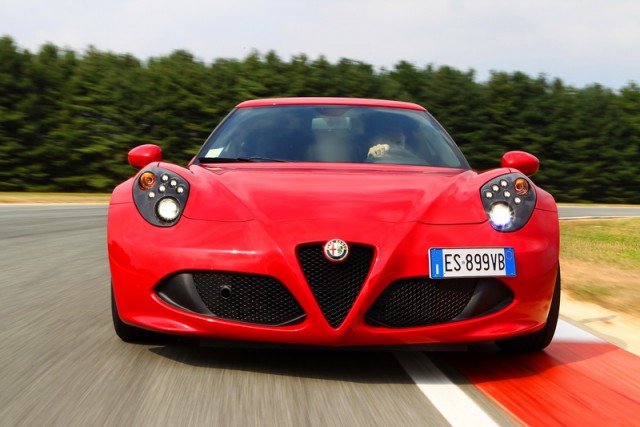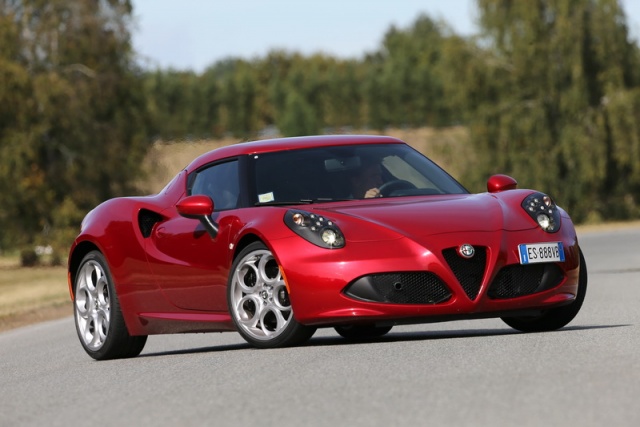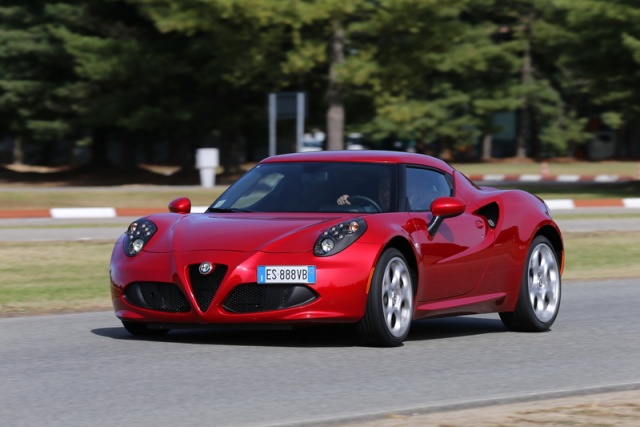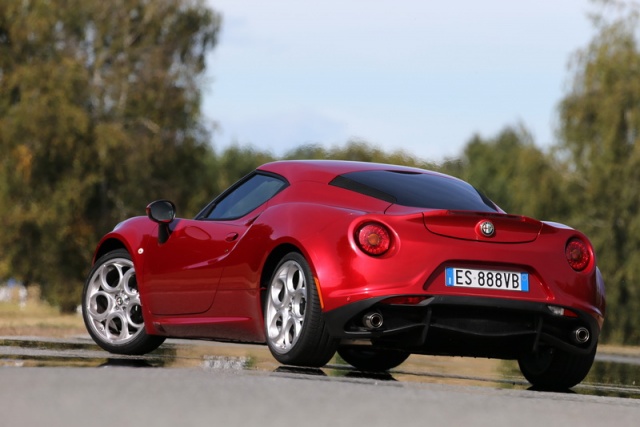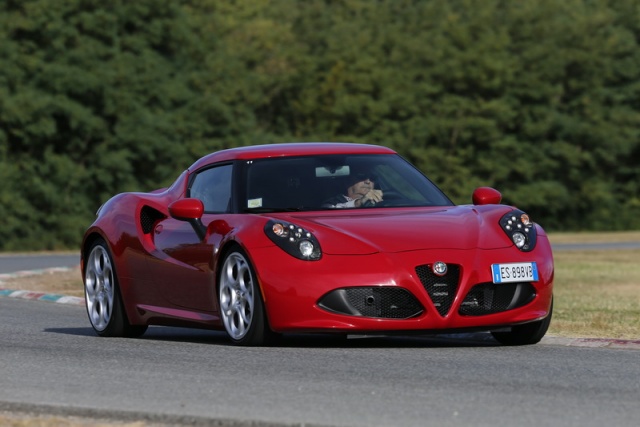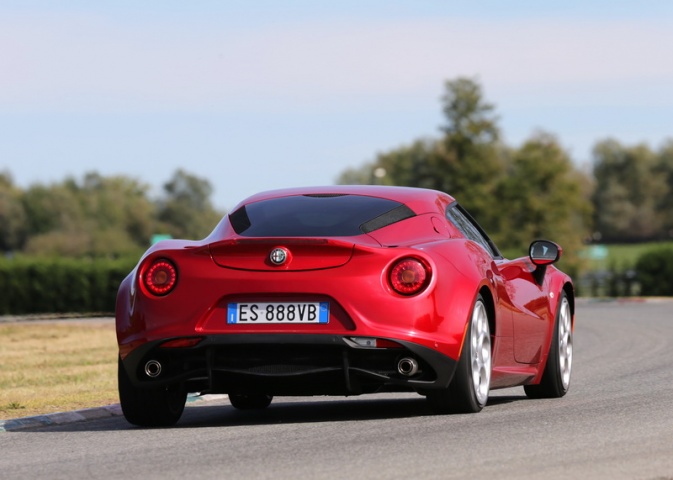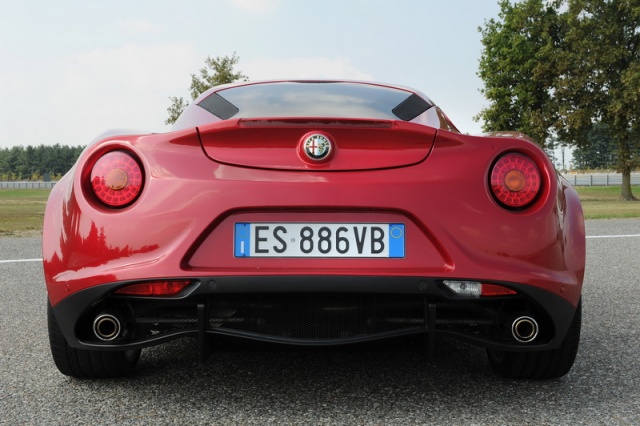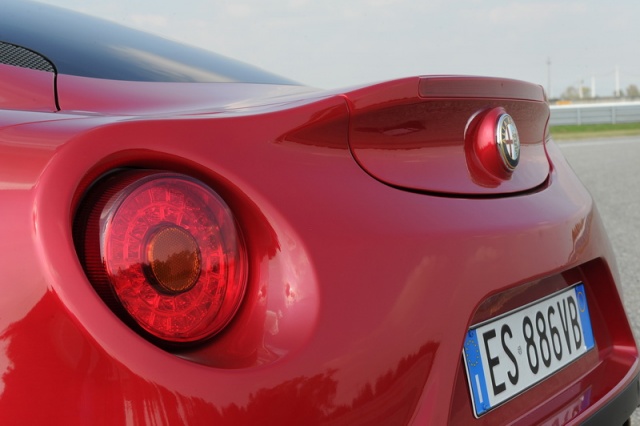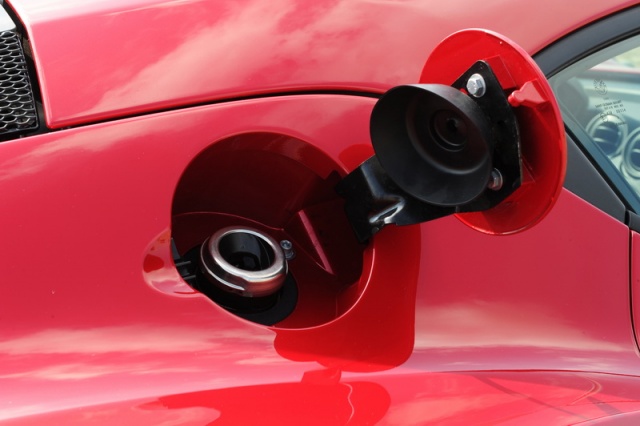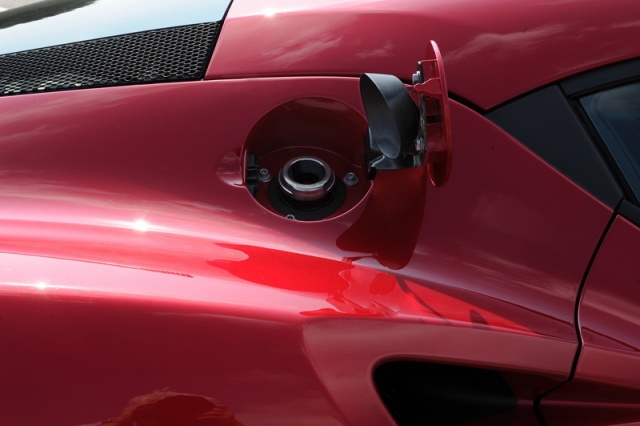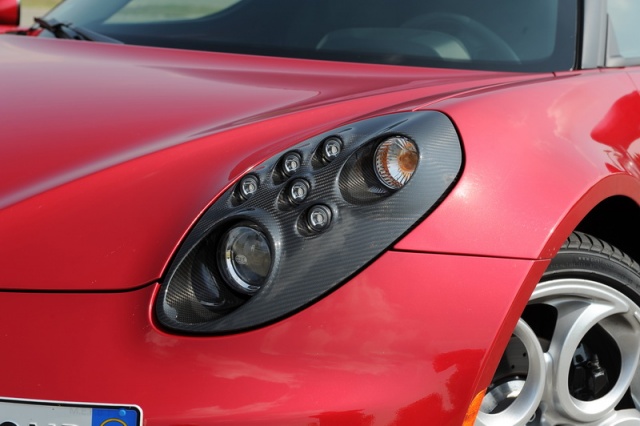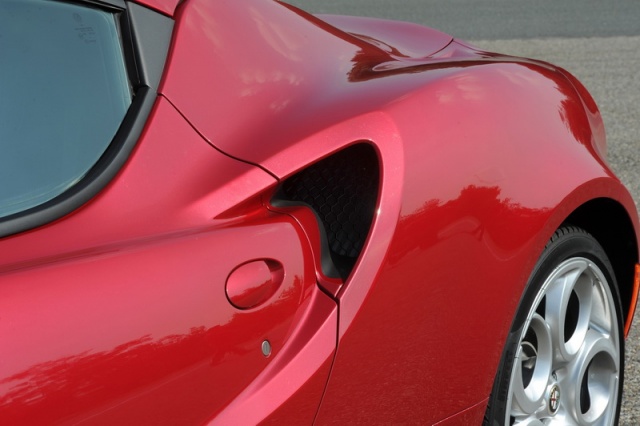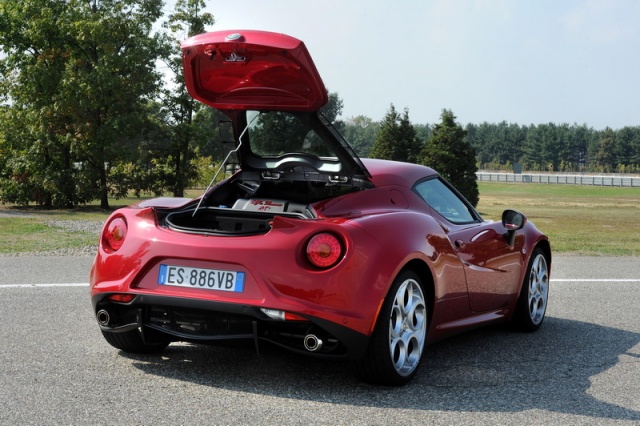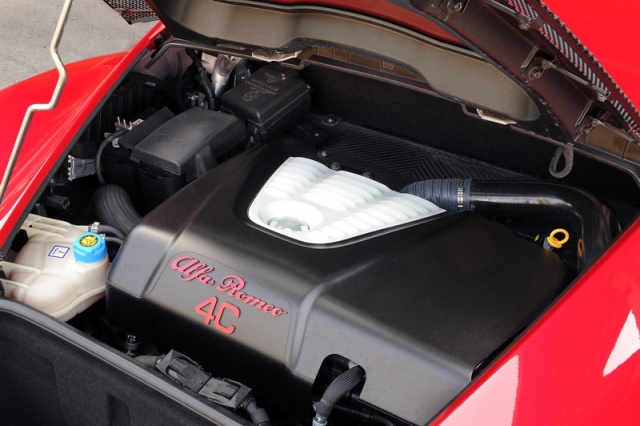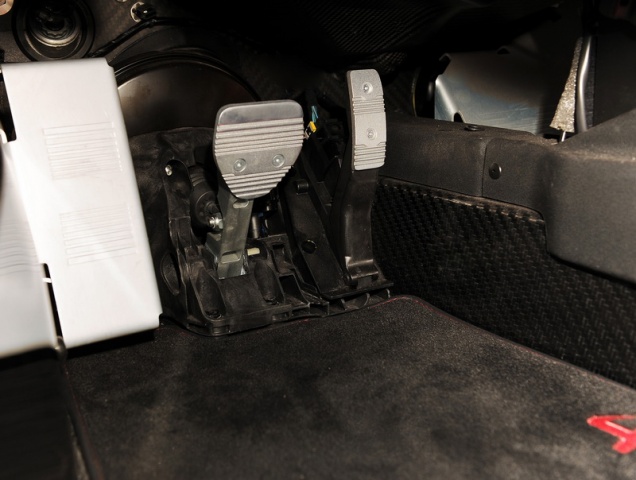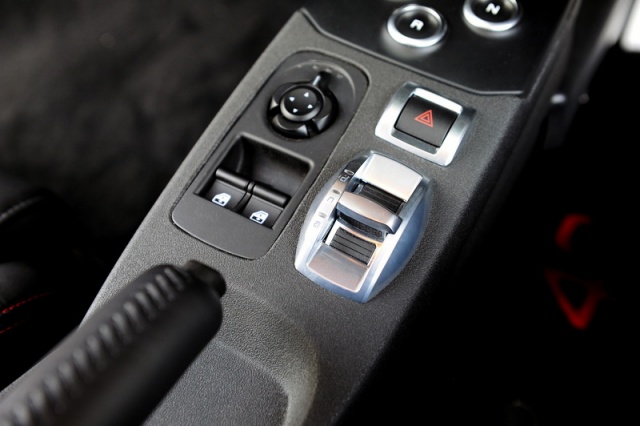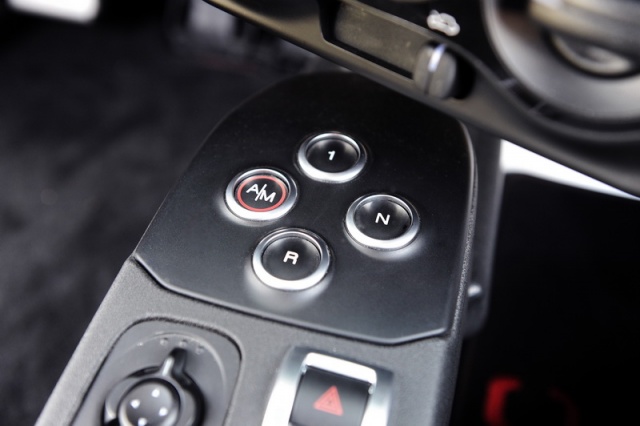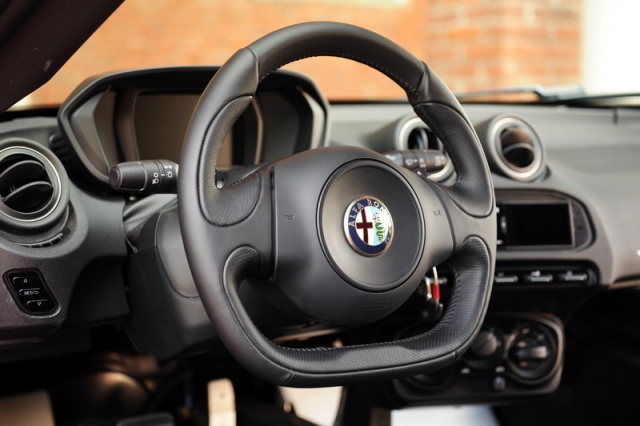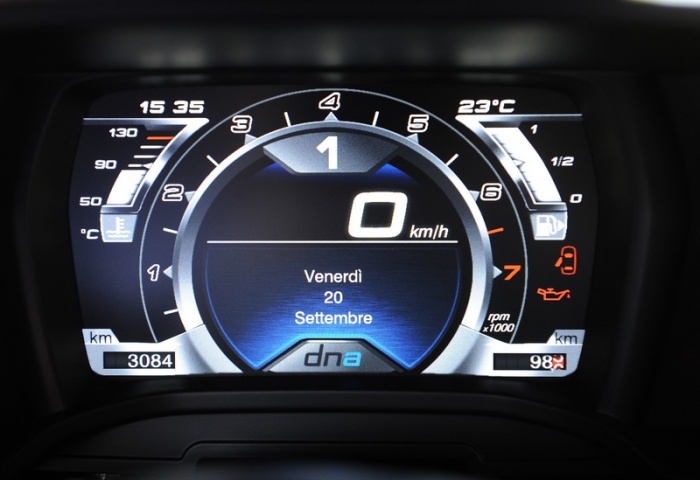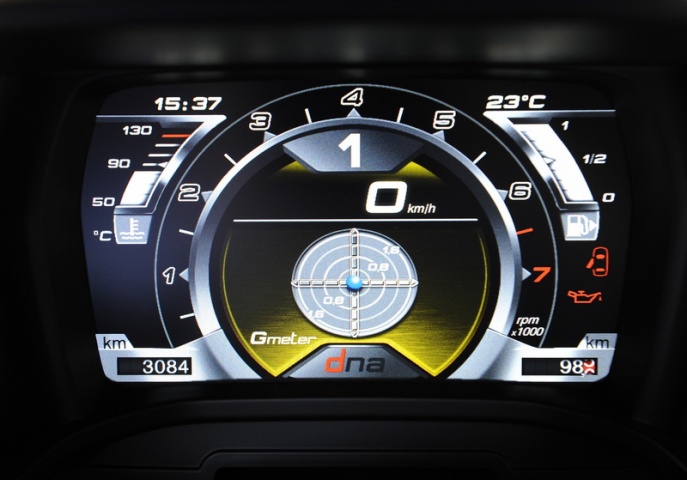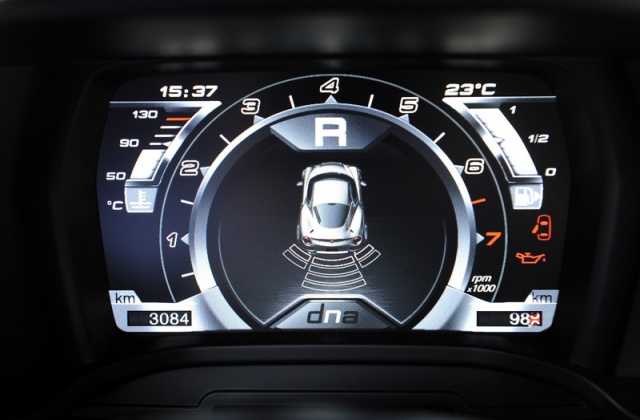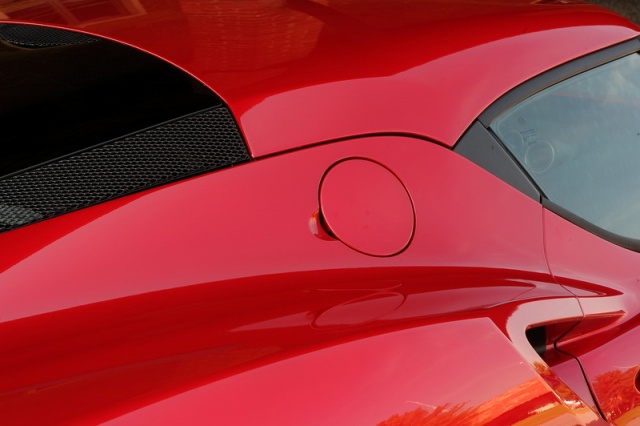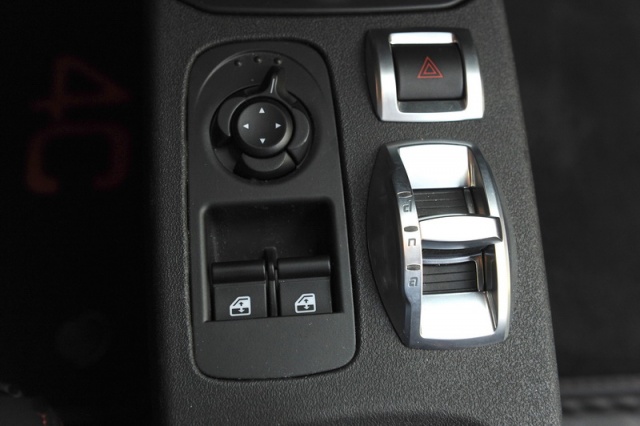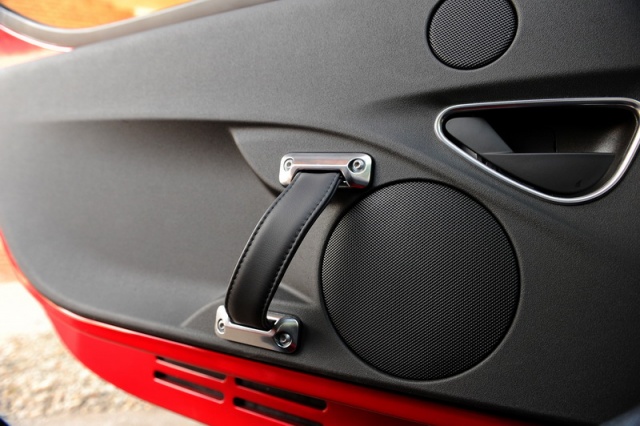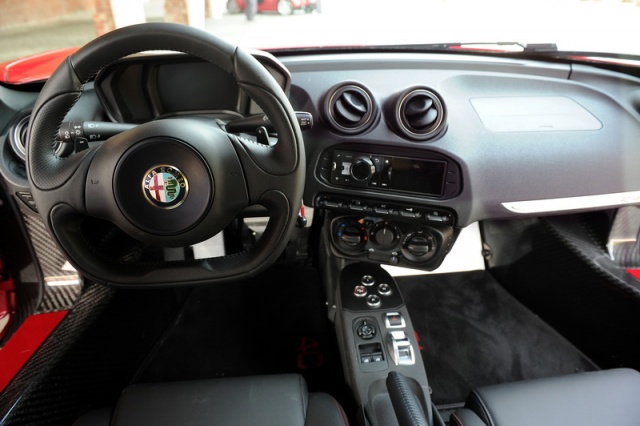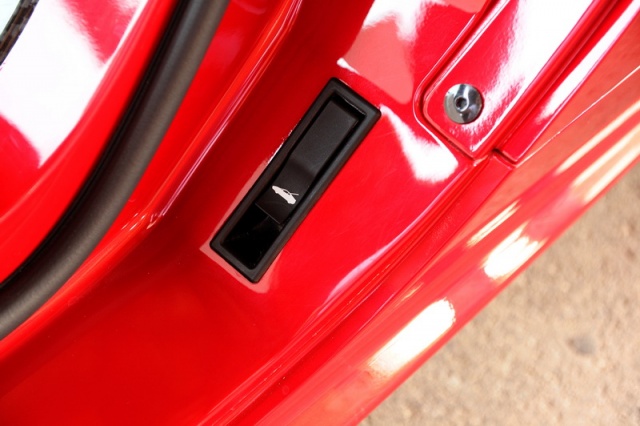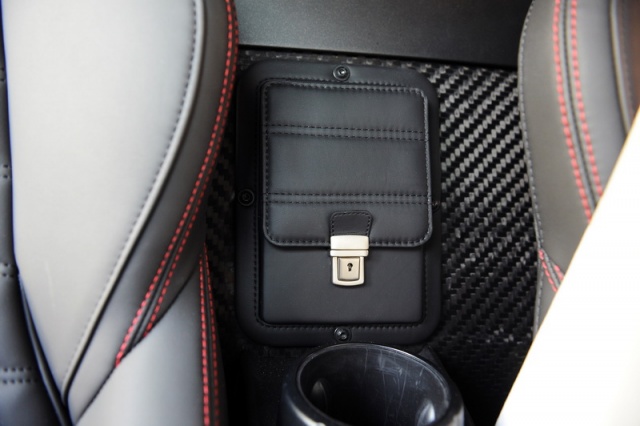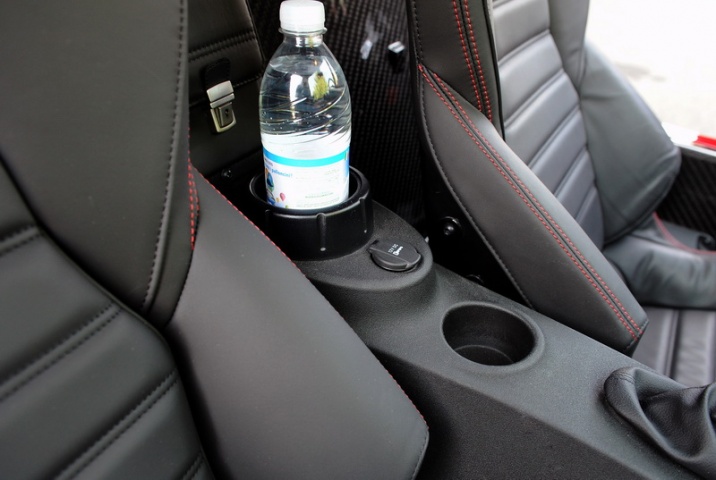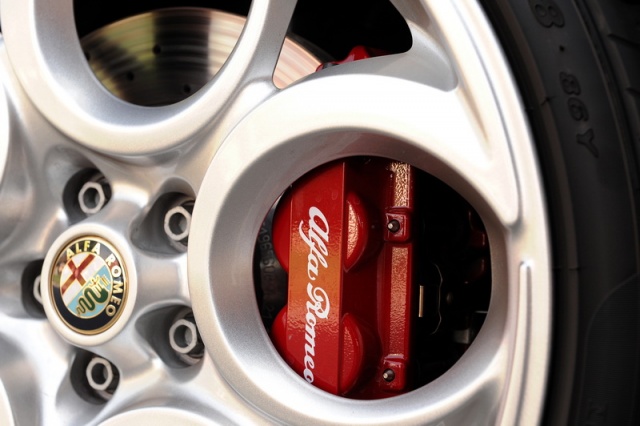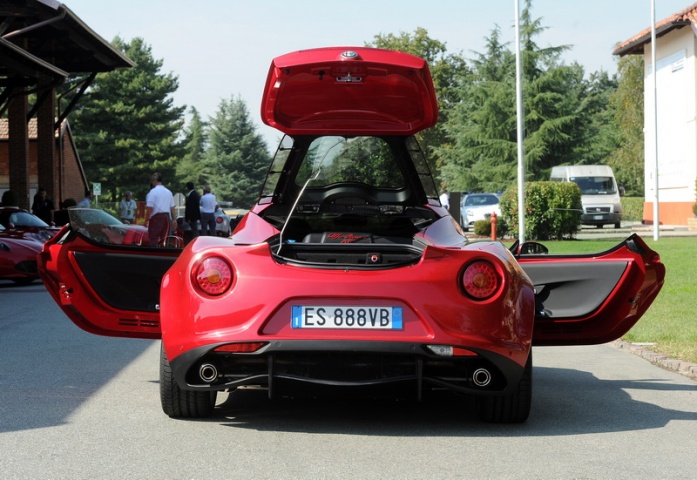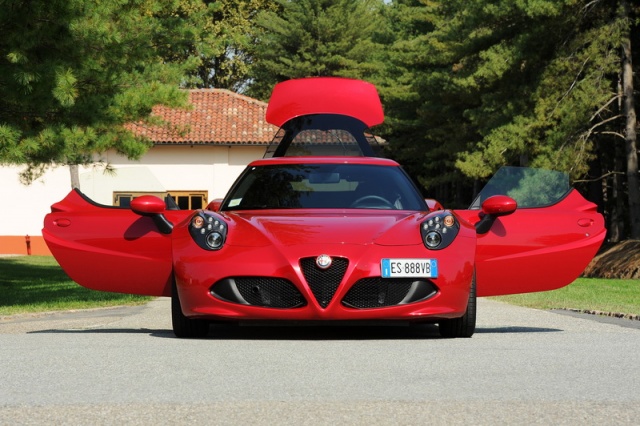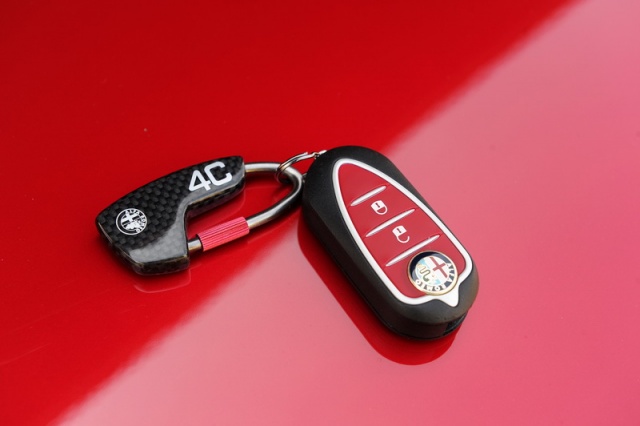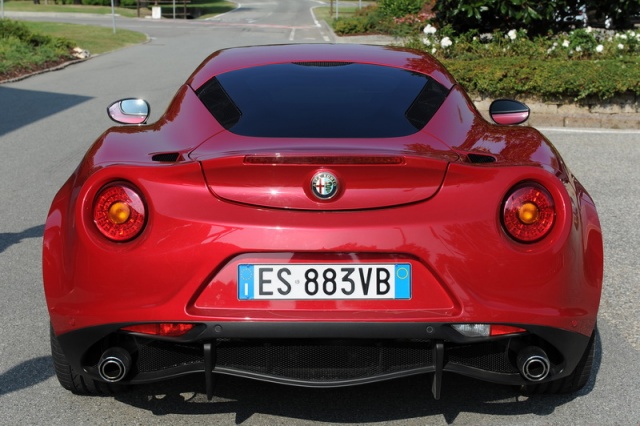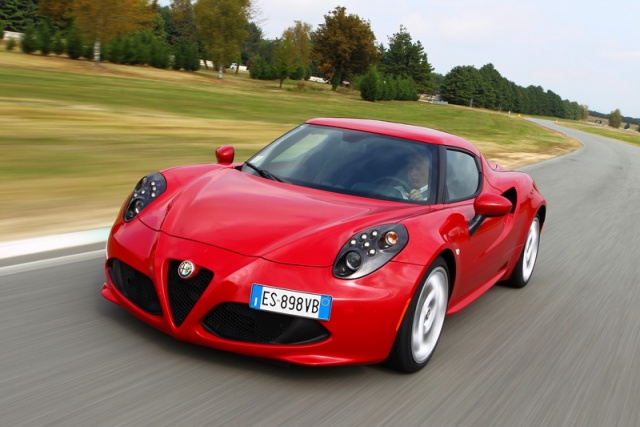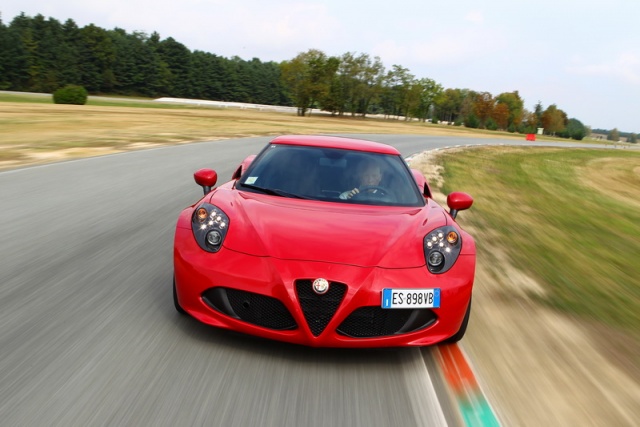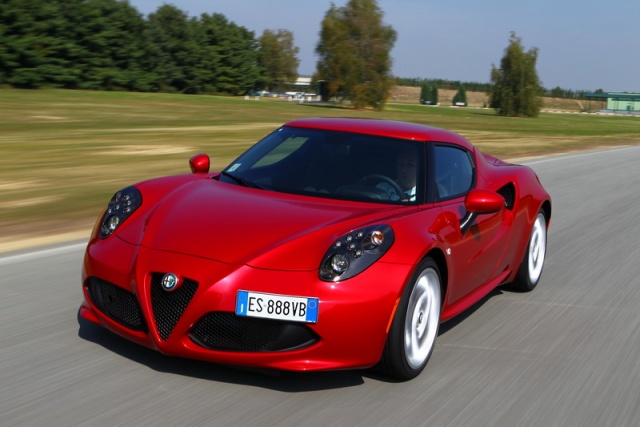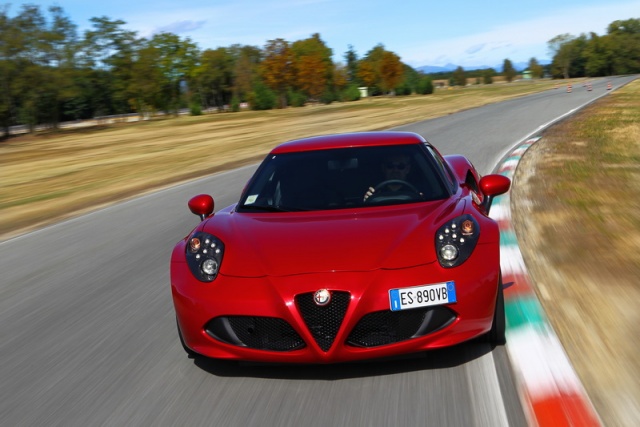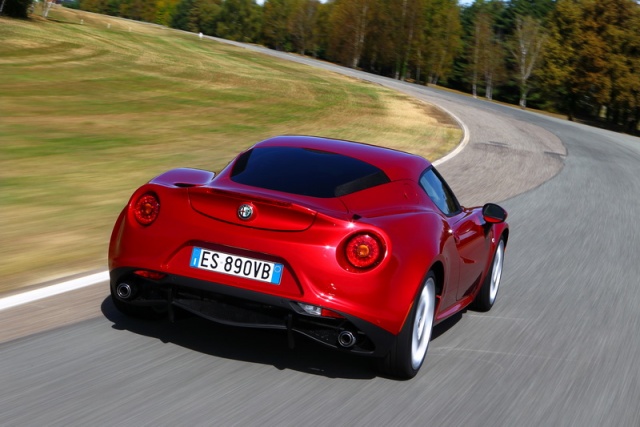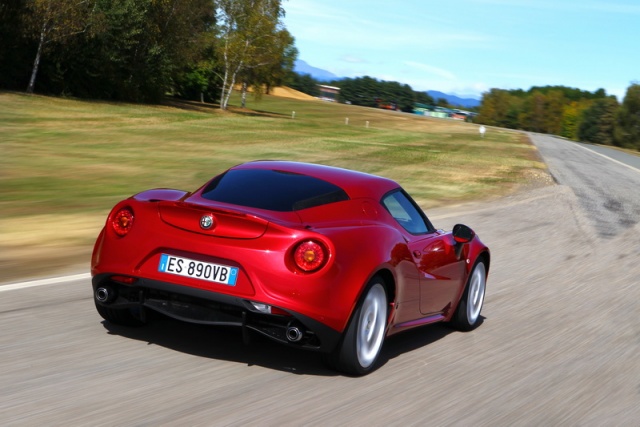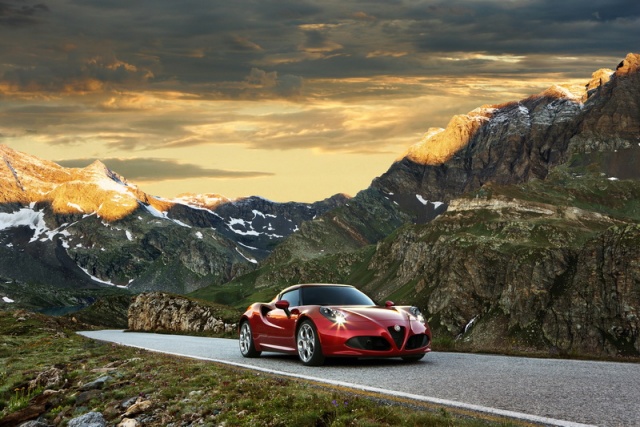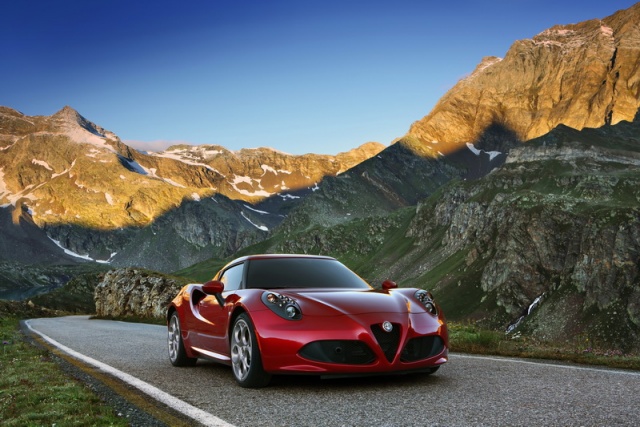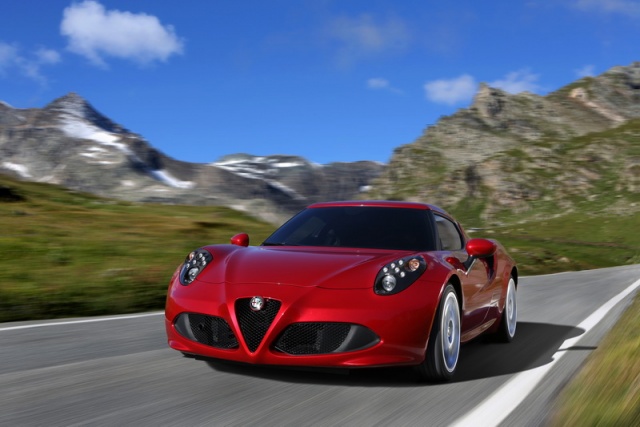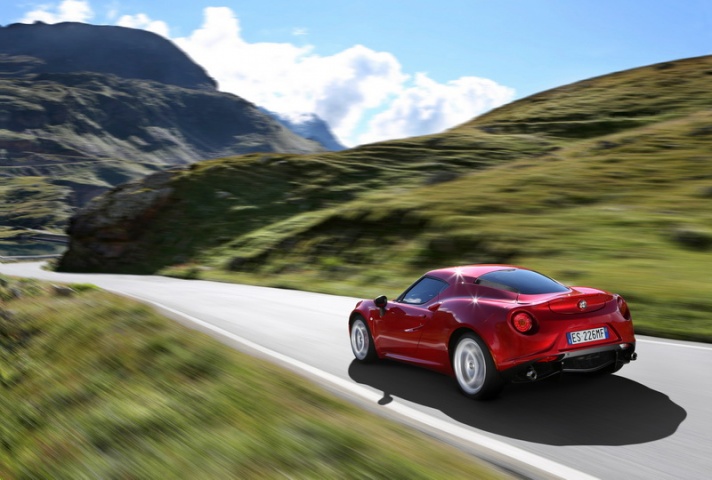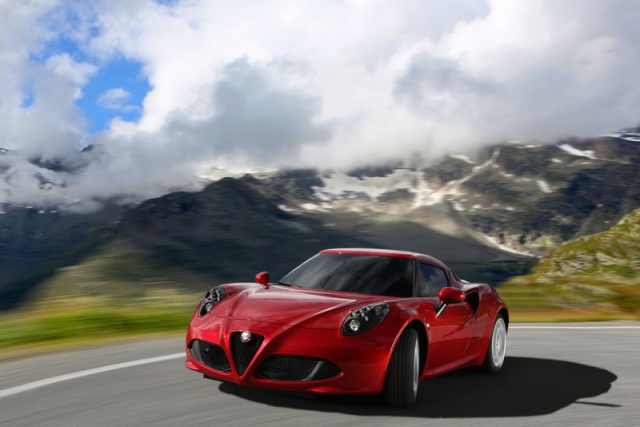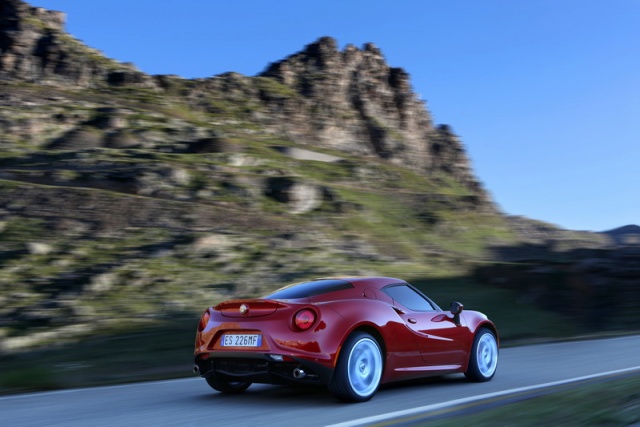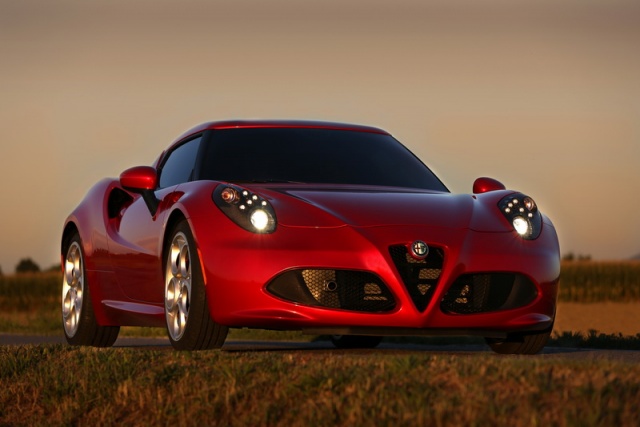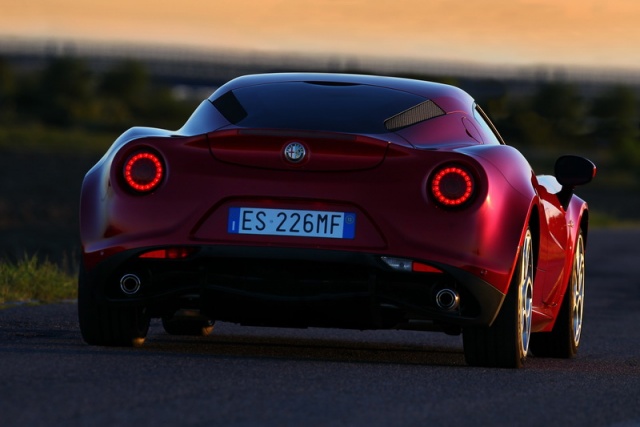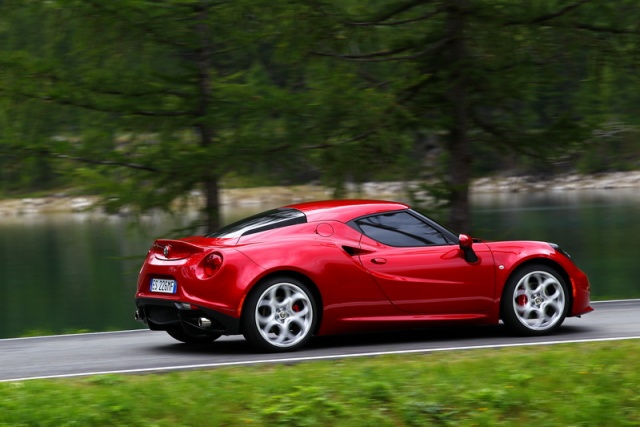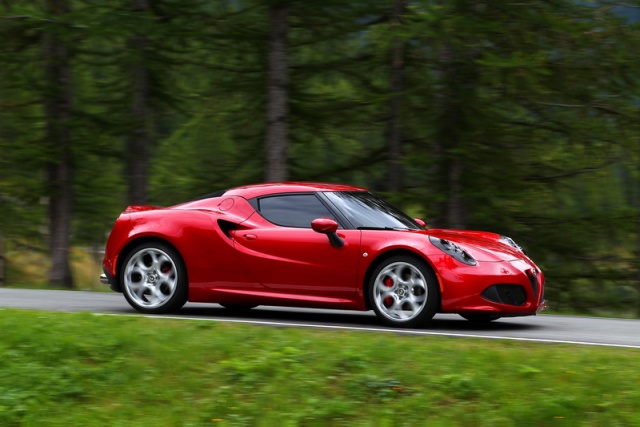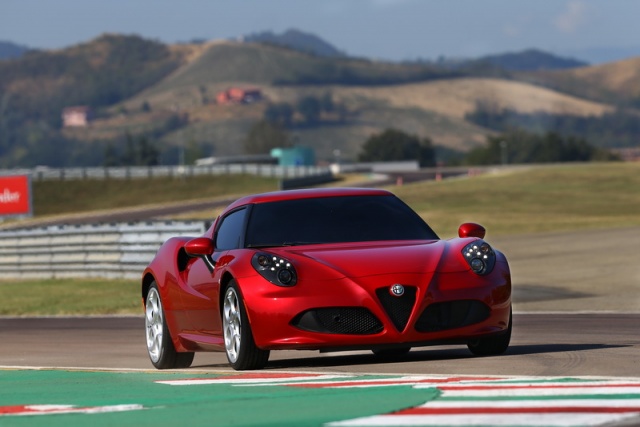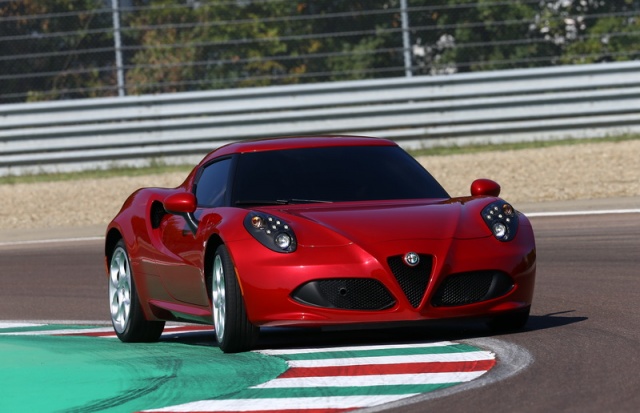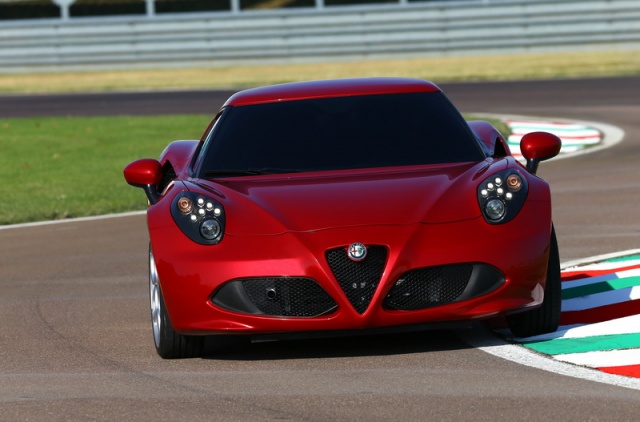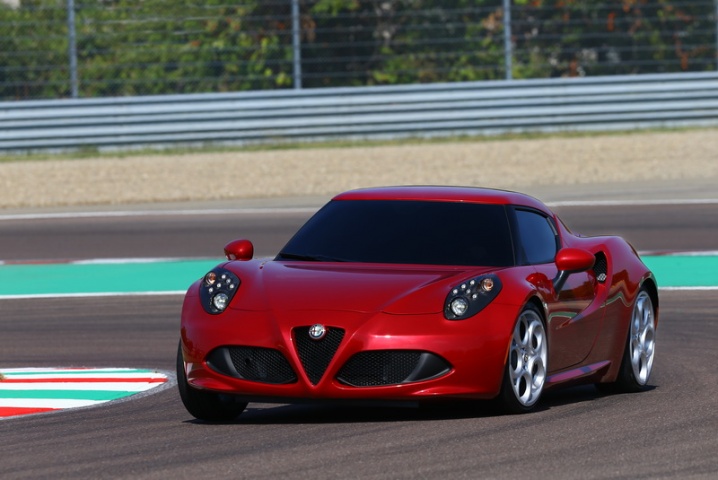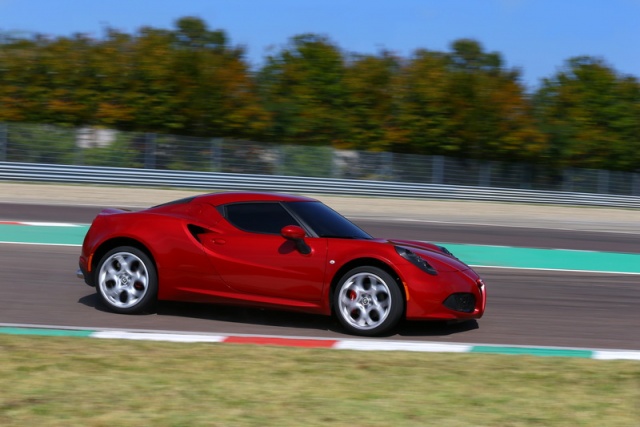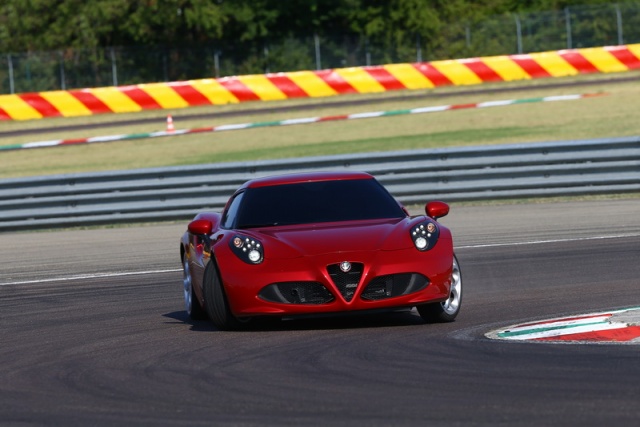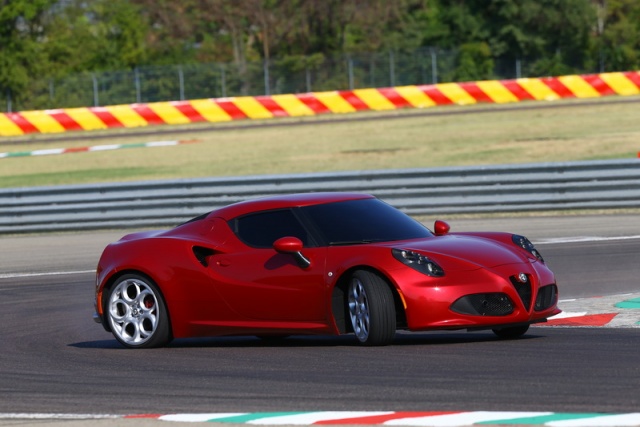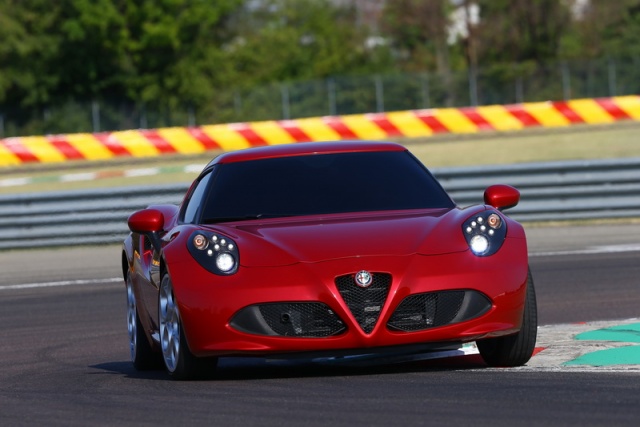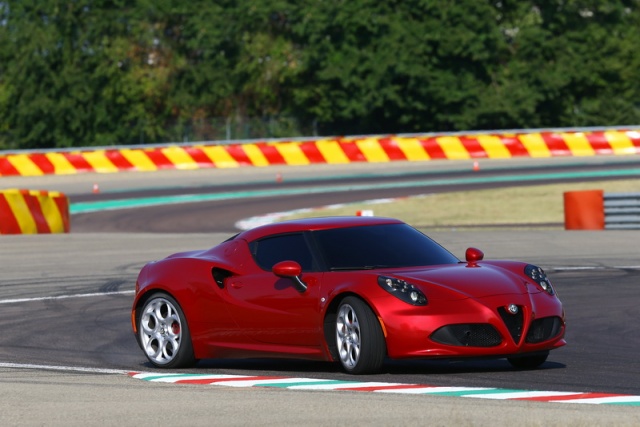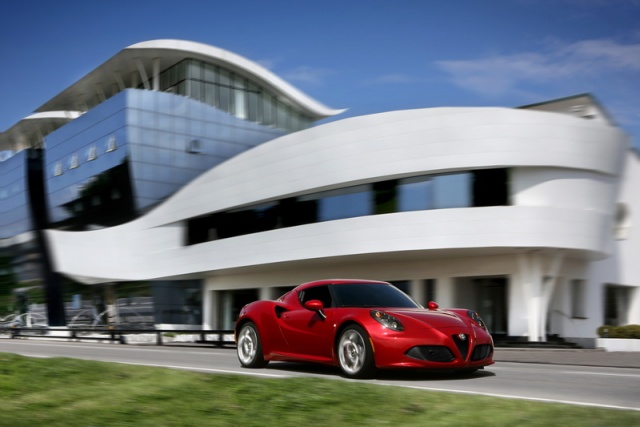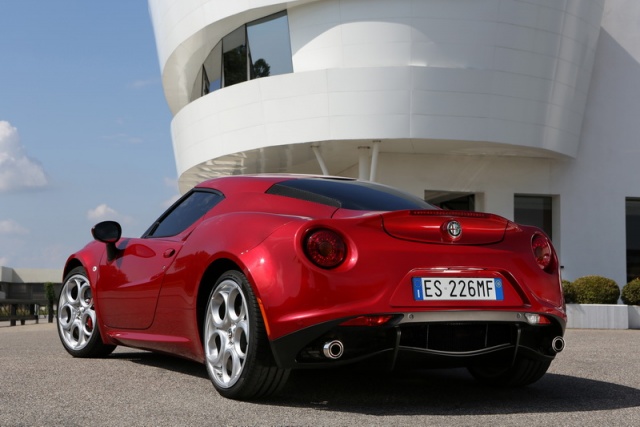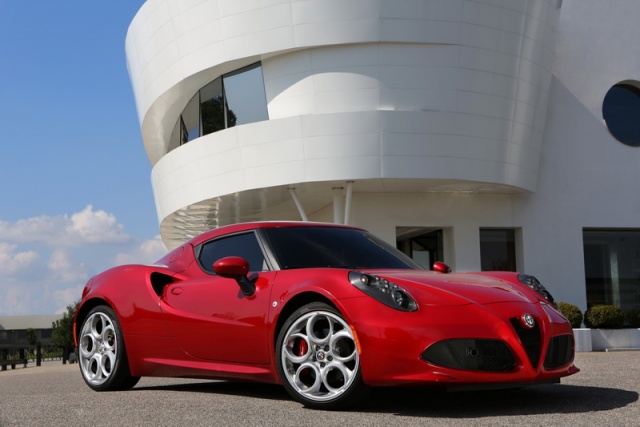When: September 2013
Where: Balocco, Italy
What: 2014 Alfa Romeo 4C
Occasion: International first drive
Overall rating: 5/5
Car nuts, rejoice, Alfa Romeo is back in the sports car game, and it's not doing things by half. The new 4C features lightweight carbon construction, a 240hp turbocharged engine and a wide, low, curvy body that could only be from Italy. It's not perfect, but who gives a crap when it's this exciting?
Pricing: estimated at over €80,000
Engine: 1.7-litre four-cylinder turbocharged petrol (it's referred to as the '1750' engine, but has a capacity of 1,742cc)
Transmission: six-speed dual-clutch automatic, rear-wheel drive
Body style: two-door coupé
Rivals: Lotus Elise S, Porsche Cayman, Toyota GT86
CO2 emissions: 157g/km (Band D, €570 per annum)
Combined economy: 41.5mpg (6.8 litres/100km)
Top speed: 257km/h
0-100km/h: 4.5 seconds
Power: 240hp at 6,000rpm
Torque: 350Nm at 2,100- to 4,000rpm
In the metal 4.5/5
It feels wrong to give something as extravagantly sporty as the new Alfa 4C just four and a half stars here, but along with the minor interior annoyances below we can't let Alfa Romeo get away with detracting from what is a spectacularly seductive shape by fitting ridiculous looking headlights. Nobody we spoke to liked them, though the optional carbon fibre items had a few fans - probably because they reduce the car's weight by a further 1.5kg. Aside from those it's gorgeous, even more so than we appreciated having seen the car a few times under harsh motor show lighting. To these eyes the best view is the rear three quarters, but from pretty much any angle it's low, squat, sporting, Italian and very much an Alfa Romeo.
Inside, the 4C is surprisingly minimalist. Certainly if you're comparing it to the likes of the Porsche Cayman. Looked at another way, it's less bare than a Lotus Elise, though it shares a focus on lightweight design with that car - and who doesn't like exposed carbon fibre? The digital instruments work well enough, and look modern without being too gimmicky. Although it does seem pretty pointless to give the G-meter pride of pace in the middle when in Race mode, as that's the last place most drivers will be looking when pulling high G in any direction. We do like how the rev counter lights up as you approach the rev limiter though.
Ahead of all that is an unusual steering wheel. The overall diameter is relatively big, which makes the flat bottom look a little odd, and though Alfa Romeo suggests that 90 per cent of the time there's no need to move your hands off the wheel, the few times you do result in a little awkwardness with the long flat edge. On top of that the leather is quite hard to touch.
Behind the wheel are the gearchange paddles. They're plastic, though much more substantial than the likes of Volkswagen's DSG items. Overall they're tactile enough, but a few times I accidentally brushed off the up-shift paddle while cornering and it was enough to change gears. Ideally it would take a little more of a shove to do that.
We didn't really spend too much time using the good-looking (but possibly a little fiddly) infotainment system mounted high up in the centre of the dashboard and the rest of the switchgear is quite normal and intuitive to use. The centre console is dominated by the DNA controller and the push buttons for the transmission (more on both below). There's a cup holder at your elbow, a small closed cubbyhole behind that and nets in the backrests of the seats, but little other stowage space inside.
On the passenger side there is a tiny pouch where a glove box would usually be, but a surprising lack of any soft material against which the passenger could brace their knees. There is a metal plate in the footwell that helps with this, but the usefulness of that depends on the passenger's height, as the seat has no adjustment at all - in a bid to save weight and cost. Nonetheless, the seats are gorgeous to look at and there's some adjustment of the driver's, but several people (myself included) ended up with sore lower backs after a few hours of driving. The test cars featured the optional red leather chairs.
Final word on the 'interior': the only luggage space is behind the engine, where there's a 110-litre volume best stuffed with soft bags because of the shape.
Driving it 4.5/5
We're expecting good things here. Alfa Romeo stuck to its carbon fibre tub guns when bringing the 4C from concept to reality and the result is a quoted weight of 895kg. For reference, the Porsche Cayman weighs in at 1,310kg in manual guise. Behind the driver's head sits the '1750' four-cylinder engine based on that in the Giulietta Cloverleaf. It has had a surprising amount of work done. Though peak outputs are only slightly up at 240hp and 350Nm, it has been fettled for durability, lightness and a whole lot more. Saving 22kg, for instance, the cylinder block is now made from aluminium, as are various other components. The direct injection system operates at an elevated 200 bar, while there's been a lot of work done on the turbocharging side of things to let it run hotter reliably, including an electric oil pump that kicks in when necessary (when the car is turned off) to cool the turbo down.
That's only scraping the surface of what has been done, in truth, and the end result is highly impressive, giving the 4C a distinctive, turbocharged personality, and meaningful performance pretty much whenever you want it. This engine is at its most impressive in the low- to mid-range where its guttural rumblings are accompanied by useful torque. About 80 per cent of the 350Nm maximum is produced from 1,800rpm, ramping up to 100 per cent from 2,100- to 4,000rpm. Although it's thoroughly enjoyable to extend the engine beyond that to peak power at 6,000rpm, it's time to change up pretty much straight away, which some may find disappointing.
There's no disappointment in the way the 4C goes down the road though. A 0-100km/h time of 4.5 seconds is made possible by the staggering traction and of course the car's low weight. The latter really comes to the fore throughout the driving experience and defines this Alfa Romeo like no other in the modern era. For instance, it has meant it was possible to do away with power steering completely, so the 4C communicates through the steering wheel rim better than any semi-mainstream sports car this side of Lotus' models. Some might not like how light that makes the steering at speed, and how much movement there is of the wheel in the same situation, but it connects the driver with the car in a way that's sadly too rare these days.
Yet, even over pretty bad potholes and lateral ridges the steering wheel is never wrestled out of your hands. Instead the dampers soak up the imperfections without troubling the car's trajectory. Sure, it's firm on the road, but it rides astoundingly well given its remit. Bear in mind that the launch cars we drove were all on the larger wheel/tyre option as well. It does that Lotus trick of moving with the road rather than trying to bludgeon through it. Remarkably, it betters the Elise in that respect, with a more stable rear axle over bumps and generally a more polished and refined feel.
Not that the Alfa 4C will be referred to as refined very often... This is no Porsche Cayman rival. It's a noisy car from start-up, and surprisingly loud at all times - in a good way. The optional sports exhaust on the launch cars no doubt had something to do with that, but we wouldn't want it any other way. The engine makes such a fantastic array of sounds that you'll never tire of it - from the flat-plane blare under load at low speeds to the significant whoosh as the turbocharger spools up. There are chirrups as you back off the accelerator, grumbles on the overrun and staccato bangs from the exhaust as you select a new gear at full throttle. In short, it's a riot, and everyone outside the car will be acutely aware of that.
The lack of a manual gearbox option will disappoint some (me for one), but in truth the six-speed TCT dual-clutch automatic system really suits the 4C. It's pretty good around town in fully automatic mode, but it's far more satisfying to change gears for yourself in all situations. That satisfaction runs deeper the higher up the DNA selector the settings. As before A is for All Weather, N is for Natural and D for Dynamic. The throttle map, transmission calibration and ESP stability control system are all altered accordingly, and new for the 4C is a Race mode. This reduces electronic intervention to a minimum (Q2 electronic 'limited slip differential' aside) and tangibly speeds up the gearchanges. We'd like the option to customise the different levels, as the faster gearchanges are ideal, but understandably many drivers would want to retain the ESP safety net.
Not that they'll need that in the dry. Mechanical grip is immense, front and rear, under acceleration and braking. The mid-engined layout endows the 4C with bewildering traction and when pushed beyond its limits in a corner (you need to provoke it, and be travelling rather quickly already to do this) the transition to slip isn't a frightening one. Apparently in the right hands it will drift, though we're also told that that's easier with the 'racing set-up' - an optional suspension upgrade.
Much like the Lotus Elise, the 4C is better suited to smooth inputs and driving to the limits without broaching them too often. It blasts from corner to corner, has huge stopping power when you need it, accessible acceleration for quick overtakes and a higher level of feedback than most road cars on sale today. It's not perfect, but it certainly is very special. Crucially, it will make its driver smile on every journey.
What you get for your money 4/5
Alfa Romeo has yet to confirm the Irish price of the 4C, but it looks like it should be close to the €84,000 price of the Porsche Cayman S. While we now realise how different a proposition the 4C is, that's still quite elevated territory. Saying that, the even more expensive Launch Edition sold out in quick order and given that the 4C will be sold in North America and Asia, we reckon the annual production run will also be sold out for some time to come.
The standard specification wants for nothing important, but of course Alfa Romeo will let you customise the 4C to your heart's content.
Worth Noting
At the core of the Alfa 4C is its carbon fibre monocoque tub, a fundamental part of the car's lightweight strategy. About 10 per cent by weight of the 4C is carbon fibre - or, tellingly, 25 per cent by volume. That tub is, once all the baking (sorry, polymerisation) in the autoclave is done, a single, immensely strong structural component weighing just 65kg. However, its manufacture is a bottle neck, as it requires people to manually lay the 'pre-preg' carbon fibre. That limits output to an absolute maximum of about 3,500 tubs per year - for now.
Alfa Romeo clearly doesn't want to say too much about future derivatives at this stage, but it wouldn't rule out an open-topped variant or a proper racer. We also suspect that there'll be a GTA or Cloverleaf model with more power and an uprated chassis. After all, who would redevelop an existing engine to give more or less the same power output and leave it at that?
And will there be a manual gearbox? Officially there are no plans, but we suspect that demand in the States could change that. After all, BMW had to bow to pressure to produce a manual version of its M5 for that market. We hope the same happens to Alfa.
Summary
Being brutally honest, the Alfa 4C can do little wrong, even at its high purchase price. There are, we believe, considerably more buyers around the world waiting for a proper Alfa Romeo sports car than there will be 4Cs made. Sure, it has a few foibles, and I'm not forgiving it those because it's Italian or because it's the Alfa sports car we've all been praying for; no, I'm forgiving it those because they pale into insignificance next to how great it is to drive. Bravo Alfa.

